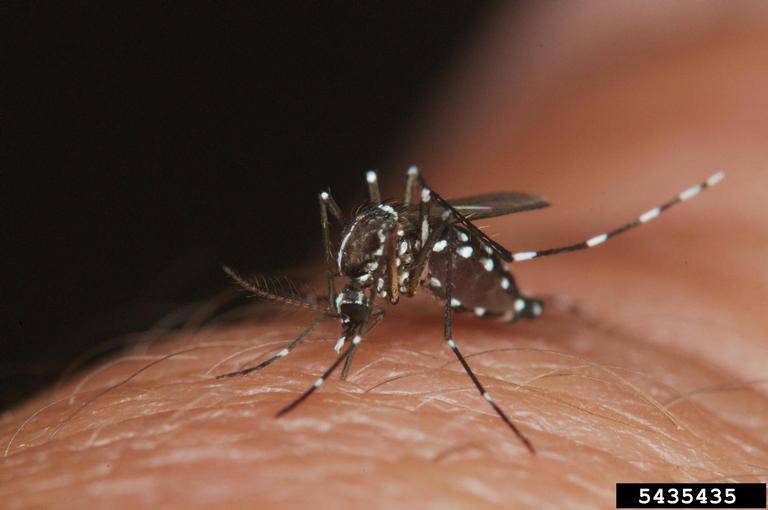It bites.
Wondering why a humorist (I loosely include myself in that category) would want to blog about a painful tropical disease like Chikungunya?
Why would I make snarky comments about a mosquito-borne virus that’s sneaking into Florida from the Caribbean and freaking out health officials like it’s the bubonic plague?
Normally I would say for money, but that’s a bit of an understatement. Most bloggers are lower on the pay scale than a snake’s belly.
I’ve decided, though – so as not to disregard Chikungunya’s dangers – to promote awareness about this so-called epidemic that officials say is being downplayed by the media.
What has me smacking my forehead, besides biting pests that land there, is that I live near Port Canaveral, Florida, where thousands of cruise travelers come and go, every day, to and from … the Caribbean.
So, why am I not sitting on my patio in a HAZMAT suit?
It’s been reported that there have been only two U.S. cases of Chikungunya where the infected victims had not traveled to any of the affected countries. Still, this means the little, disease-carrying, blood-suckers are among us.
I’m not being paranoid, especially since Chikungunya is not fatal. It’s just that I’m not into flu-like symptoms or arthritic joint pain. And mosquitoes are my least favorite biting pest, except for maybe the no-see-ums, which I have dubbed “surely-feel-ums” (you heard it here first).
Experts say the disease is transmitted by invasive yellow fever and Asian tiger mosquitoes. The males don’t bite, but the females are just waiting to sink their proboscises into whomever they can.
Once the dirty little skeeter feeds on an infected person, the virus incubates in her body for a few days before moving into her salivary glands. And there it sits, waiting for her to decide which ankle or hard-to-reach spot on your body looks the most inviting.
What’s interesting is that while she’s sucking your blood, she spits, and ta-da! you’re infected. Yes, spits.
In reality, it’s not actual spitting, but more like the crumb-laden backwash your kids expel into your water bottle after they take a swig.
In any case, here are a few things you can do to keep the disease from becoming a stateside epidemic.
1. If you walk outside and there’s a black cloud buzzing around you that resembles the dust following Pigpen, call your local mosquito control to schedule neighborhood spraying.
2. Empty any standing water on your property. This includes water in old tires, on tarps covering RVs and boats, and in unfiltered ponds, those plastic thingies under flower pots and the open beer cans you’ve neglected to recycle for the past two months that are piled higher than your barbecue.
3. Change outside lighting to LED lights, yellow bug lights or sodium lamps. If you absolutely need a white light, you might as well bond with your new mosquito buddies and the web-building spiders that eat them.
4. Use or burn citronella products while you’re outside. If you don’t want to use insect repellents on your skin, try rubbing lavender oil on it or eat cloves of garlic until the aroma seeps out of your pores. Mosquitoes will shun you, but on the plus side, you might attract a few new friends who are fans of the Sopranos.
5. Wear clothing that covers most of your body, which can be difficult in Florida’s heat. Better yet, stay inside when mosquitoes prefer to be out and about, usually at dawn and dusk. If you have to be outside during those hours, be prepared to be bitten. Note that you can’t bite back.
6. Finally, put insect repellent on AFTER you apply sunscreen, especially if you’re already in the Caribbean. Keeping those buggies off your body is key to reducing all that spitting, after all.
Here at Go Port, we suggest that you implement a few preventative measures to help reduce the entire mosquito population, whether or not these blood-suckers are carrying Chikungunya or any disease.
You see, I really don’t want to wear a HAZMAT suit for anything … except for maybe a Zombie apocalypse.
Asian tiger mosquito photo by Jim Occi, courtesy of Invasive.Org













